- Berkeley News
- news
- 0 likes
- 14519 views
- 0 comments
- radiation, cellphones radiation
Related products
€60.90
The MySilverShield technology, tested in the laboratory and patented, makes it a beautiful accessory, very efficient in terms of its efficiency. This universal anti-radiation case is designed to fit your SAMSUNG galaxy A32 5G compatible mobile and protect you from radiation. Made from durable black leather.
€39.90
Protect your health while staying stylish with our leather radiation shield case for Apple iPhone 13 Pro. Made of high quality materials, this case offers optimal protection against electromagnetic waves while adding a touch of luxury to your phone.
🎁 Take advantage of our special offer! Add a lanyard to your case purchase for just €2 instead of €5....






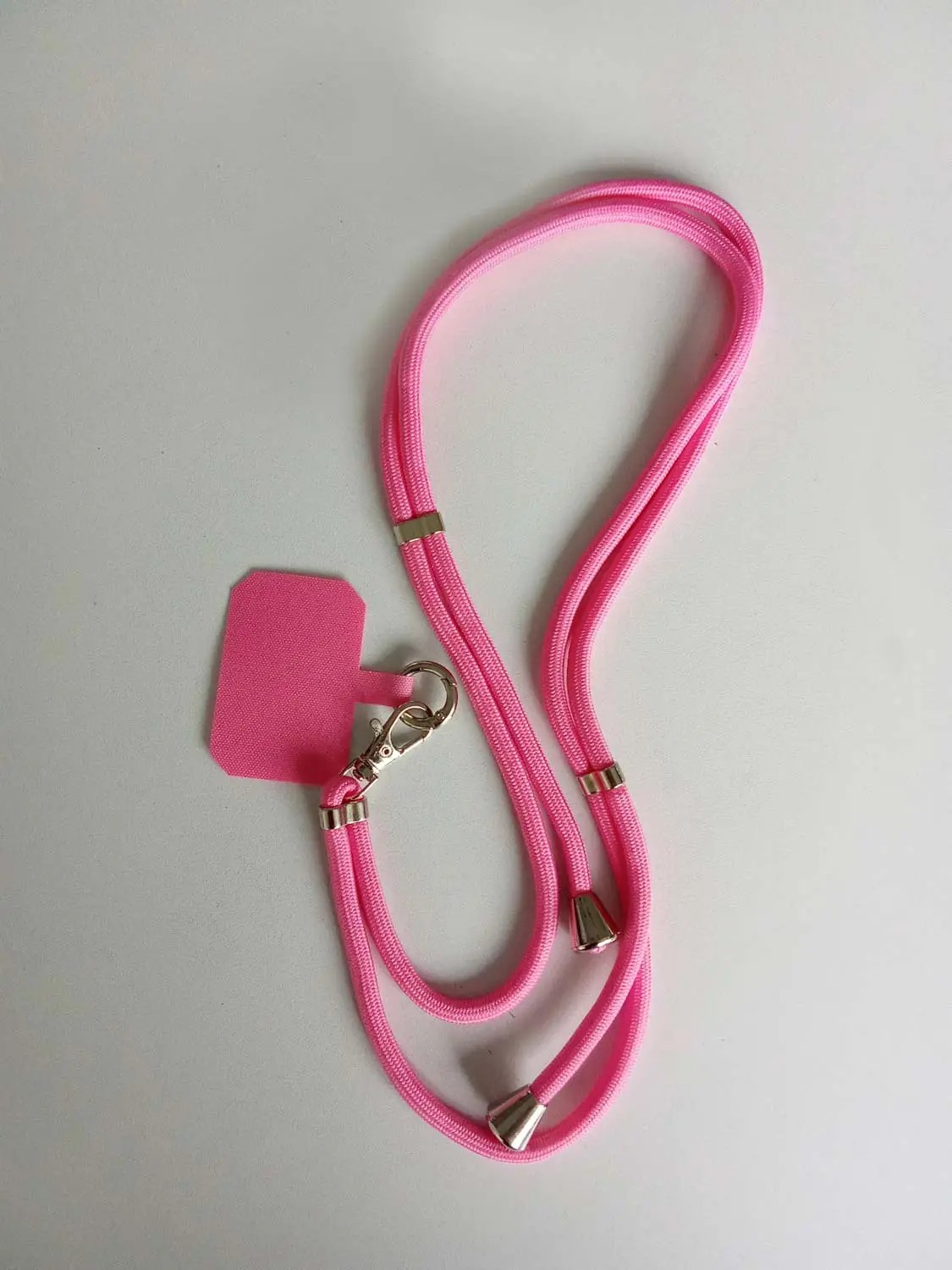

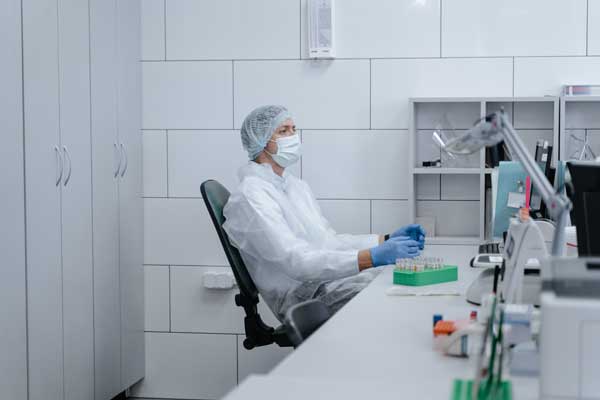
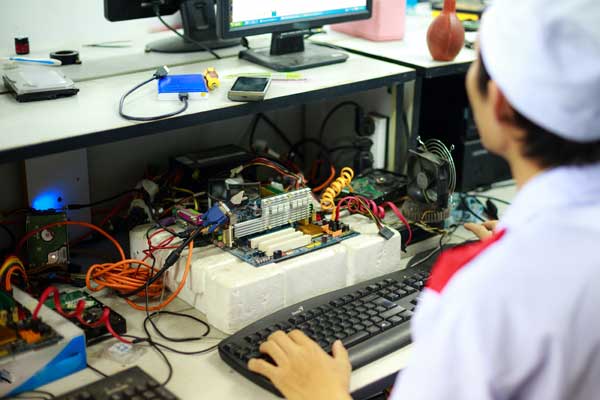
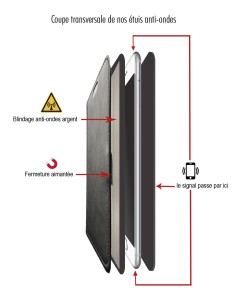

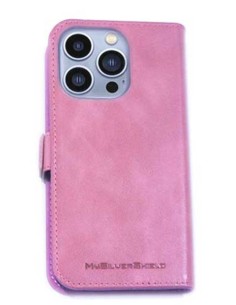

Comments (0)